
Simon Ravaz was supposed to become a biology teacher. His life took a very different path, but his chosen career required a similar willingness to experiment. It’s paid off: More than 25 years after Ravaz started climbing, eXpression holds are on gym and competition walls all over the world.
The tenured French company started in a basement as a way for Ravaz to keep climbing when the weather made it impossible to get on rock outside. As he continued to innovate and expand the business, eXpression became a mainstay on the world stage, filling orders for World Cup competitions and eventually becoming an official hold producer for the climbing at multiple Olympic Games. Now, with its expansion into the North American market through Essential Climbing, eXpression has capped off a complete transformation.
Humble Beginnings
Ravaz cut his climbing teeth when France’s vast network of climbing gyms was in its early years. When he started teaching climbing at age 18, there were few private climbing gyms—most were owned by schools or local city governments, so even if you happened to be a member, you couldn’t access them on, say, a weekend with crummy weather.
A student himself, Ravaz climbed on his town’s public wall and began teaching teenagers to climb, eventually forming a small competitive team that went as far as national-level comps. “It’s always a great moment when you see them beating the fear to climb high,” he says. He took pride in watching team members perform well, although doing so also meant spending hours every weekend at competitions. As he gained experience as a climbing coach, Ravaz had an idea of how to climb more often: He could build a small homewall in his parents’ basement in a small town near Lyon, France’s second-largest city.
Luckily, his parents supported the idea. Ravaz drove to the hardware store for supplies and collected some old mats from friends who were school teachers. Equipped with a serviceable wall—so serviceable, in fact, that Chris Sharma and a mutual friend once stopped by for a climbing session—Ravaz began setting a variety of routes up to 7c+/8a. Soon, he encountered his next challenge.

“The holds were so pricey, and I didn’t know where to find them,” he explains, adding that the internet, still in its infancy then, wasn’t much help. Ravaz made a few phone calls to request paper catalogs, sent off a check, and waited for a handful of holds to arrive. Of course, he too was a student at the time, so his funds to buy ready-made holds were limited.
Ravaz came up with an in-house method for multiplying his existing supply of holds. He invested in simple hold shapes and purchased some plumbers’ silicone. (His father owned a plumbing company and became his silicone supplier.) Each day, he would add another layer of silicone until he had a usable mold. “It’s for plumbing,” he chuckles, “but I didn’t use it for plumbing! It was not perfect, of course, but it worked.”
World Cup-Worthy?
Ravaz’s first iterations of holds were colorless and transparent, and the holds broke easily if he turned the wrench too far while bolting them into the wall. Eventually, he sourced some foam and created a more sophisticated set of shapes, experimented with pigments, and started to wonder: Could this work become a full-time job?
His parents and friends were skeptical and assumed he’d finish his training to become a biology teacher, but Ravaz was captivated by the project. Soon, he set his sights on the 2003 World Cup venue in Valence, in the south of France, for the launch of his line of climbing holds.
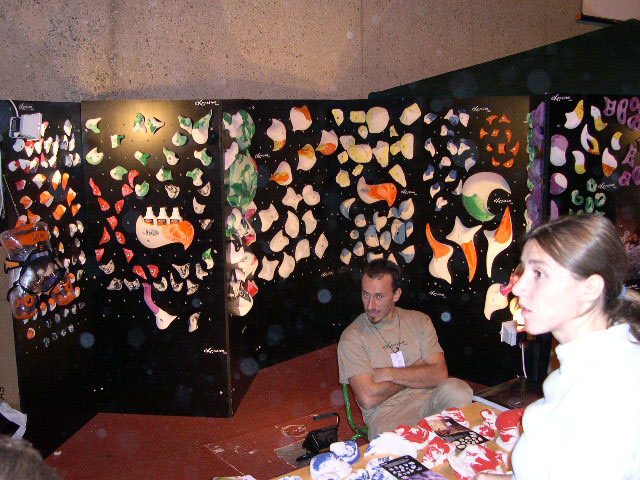
When the competition arrived, Ravaz booked a huge booth to spread out his wares—all manufactured in his parents’ garage—and his first catalog (“It was super old-school!” he laughs). Top climbers were impressed, and soon Ravaz was taking orders for French climbing gyms and a few groups in foreign countries, too. Following that debut, eXpression leveled up: Ravaz moved out of the garage and into an actual workshop, produced another catalog and a greater variety of shapes, and subsequently moved into an even bigger workshop space.
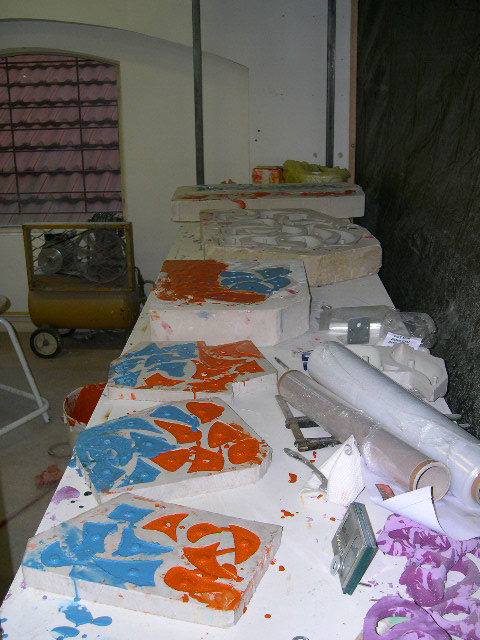
From Stranger to Staple
eXpression’s customer base liked what it was selling. In Europe, polyester was the fashionable material in the early 2000s, but he played with a variety of elements in his mixes—including glass—to create stronger and lighter holds.
“We played a lot, and we did some interesting stuff,” Ravaz remembers. That attitude has been crucial to staying on the cutting edge; continual innovation is how eXpression has remained relevant in an evolving holds market, where the materials and shapes look markedly different than they did two decades ago.
As the eXpression brand expanded, so did its partnerships, including with the French Federation of Mountaineering and Climbing (FFME), starting in 2012, and with the IFSC at the World Cup events in Chamonix, beginning in 2016.
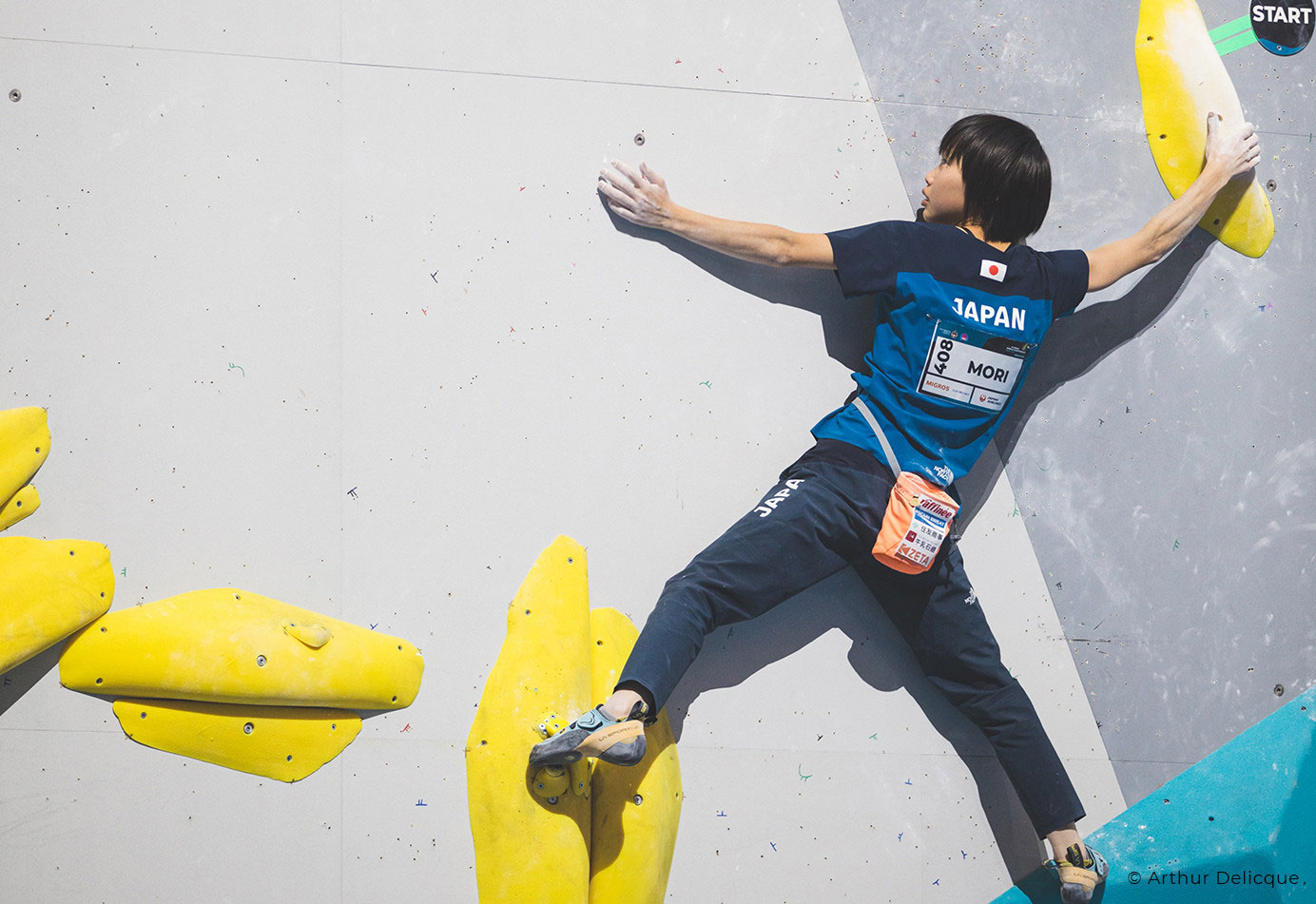
One of the brand’s proudest accomplishments is its inclusion on the climbing walls at the Tokyo Olympics. The selection committee chose only four hold brands for the sport climbing competition—an even more stringent process than the World Cup operating procedure.
Of course, the 2020 Olympic Games didn’t go as planned for anyone. Ravaz remembers athletes having to stay in their rooms during the postponed competition, but he’s still glad eXpression had a presence at the event. It also paved the way for the brand to be selected for the 2024 Olympics that are currently underway—fittingly, in Paris. [Click here for a France TV video report on eXpression’s journey to the Games in Paris, and what’s in store next for the brand.]
In fact, eXpression (again one of only four official hold producers) forged a new line of holds, volumes and macros—the Foxes Dual line—specifically for the Paris Games. “We pushed the quality of the texture, the grip, everything,” says Ravaz.
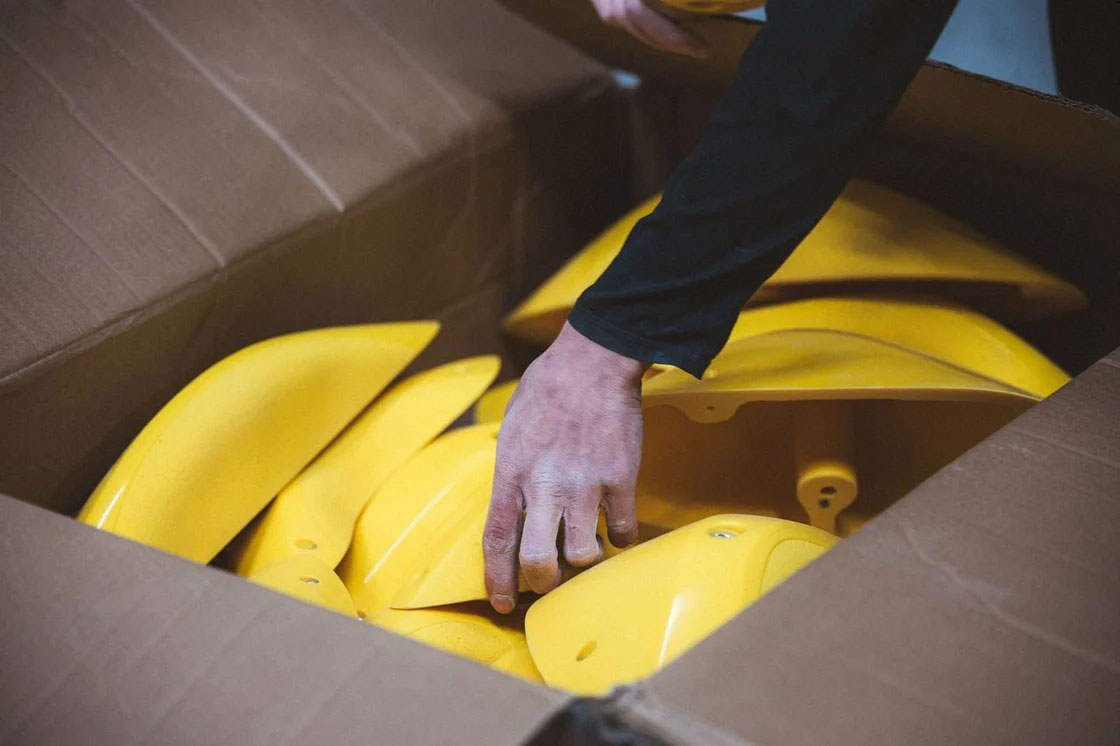
Staying Ahead of the Curve
In addition to the quality of its products, eXpression works to innovate in terms of its carbon footprint. “We’re selling plastic,” Ravaz acknowledges. “It’s not the most durable thing, and not super ecological—I’m aware of this.” In its early years, eXpression was produced only in Europe, then shipped containers and pallets all over the world, costing significant time and energy. Since 2021, though, the brand has begun to expand its production to sites in Asia and North America (with each site producing the same shapes), thereby reducing the energy required to ship its products to their final destinations.
The expansion into the North American market first started taking shape when eXpression was selected for the Tokyo Olympics, in 2019. Distribution had to be held up during the first year of the pandemic, but today the brand has offices in the U.S. and Canada and is distributed via Essential Climbing to climbing gyms around the continent.

“It took years,” Ravaz says of the brand’s success in North America. He made a series of visits to the U.S. to meet with customers beginning in 2018, and credits some of eXpression’s popularity to its ubiquitous presence on the World Cup circuit, since climbers need to train on the holds they’ll be seeing in competitions.
“A brand for everyone”
“In the beginning, I was doing everything,” Ravaz recalls. “I was shaping, making the molds, pouring the holds, finishing them, packing, shipping. Now, I have a team.” This growth of the business doesn’t just mean Ravaz does less of the day-to-day operations, although he does still make the final call on whether eXpression will produce a specific hold. It also means he’s working alongside a team of professionals who share his passion for holds and drive to be the best around.
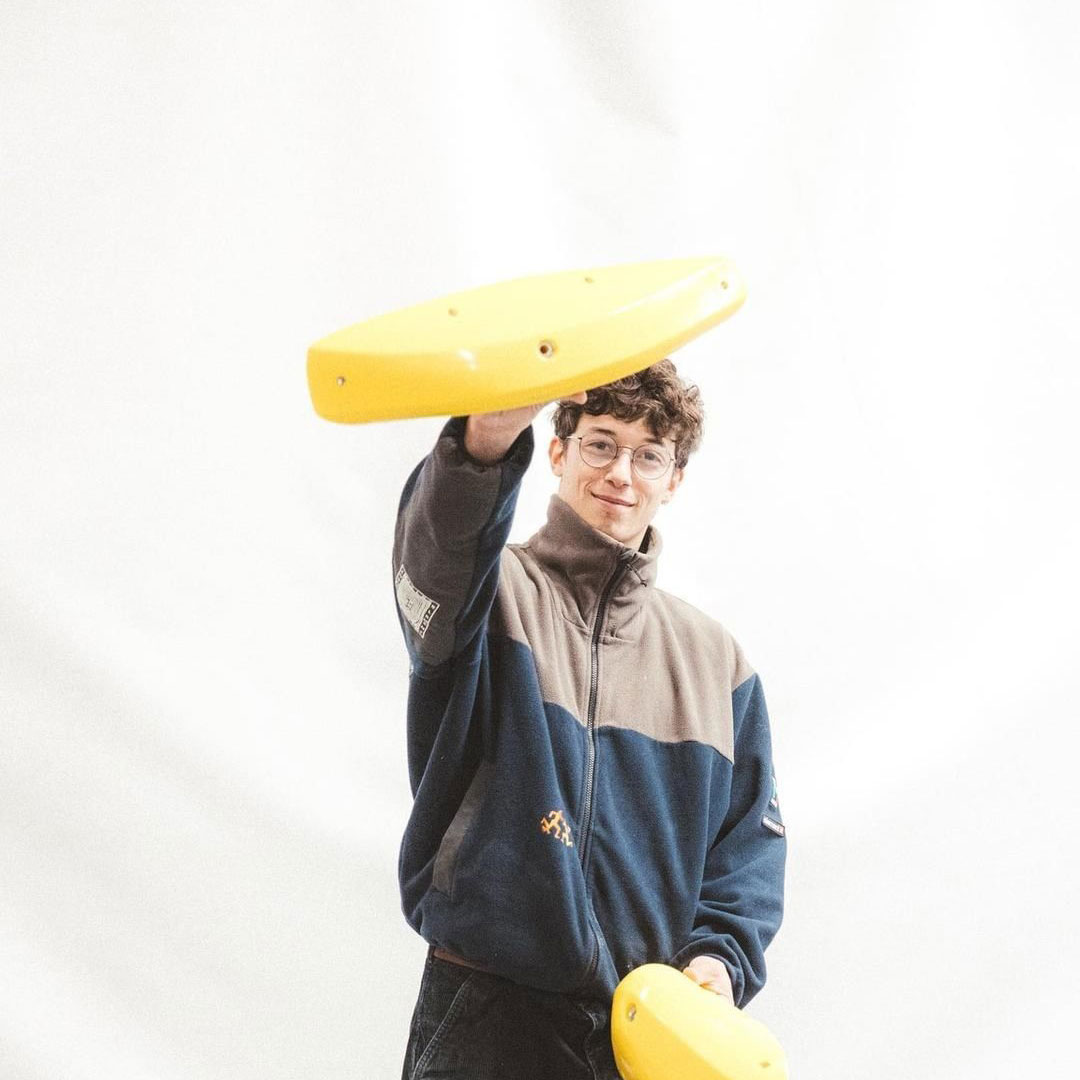
Every few months, Ravaz and the team meet to develop a list of new ideas, iterate on their current products, and start making product sketches. Despite being a staple in local commercial gyms and producing holds for everyone (from flashy macros to foundational PE jugs), Ravaz and his team also manage to innovate—playing with new dual textures in the Resets line, for example.
More than 20 years since it began, eXpression is bigger and better than ever—and it’s also still centered on the ethos Ravaz had in mind when he got his start in climbing. “I never forgot those kids,” Ravaz says of the students he coached in the early days of his career and of his homegrown climbing wall, “and I’ll never forget where I came from.”
This story was paid for by the sponsor and does not necessarily represent the views of the Climbing Business Journal editorial team.

Essential Climbing’s carefully crafted selection of brands equips the modern climbing gym with high-quality holds, macros and wood volumes, as well as adjustable walls and custom builds. Kumiki Climbing, eXpression, Squadra, Lapis, Axis, Vezi, Captain Crux and Chapter’s unique shapes are expertly built with an eye to the future of climbing. Essential’s team is comprised of top-level setters and shapers with decades of experience, from commercial gyms to international competitions. Reach out today to get your gym price list.






